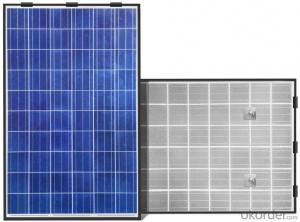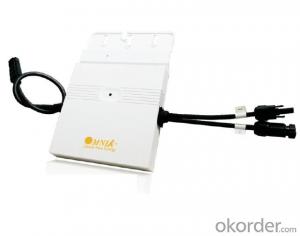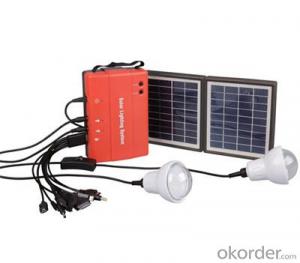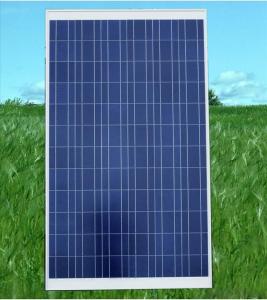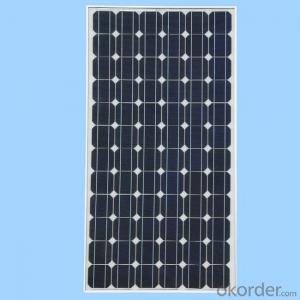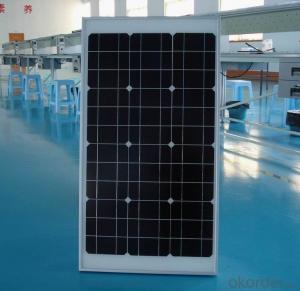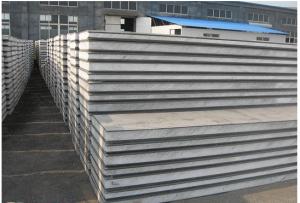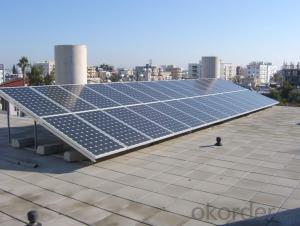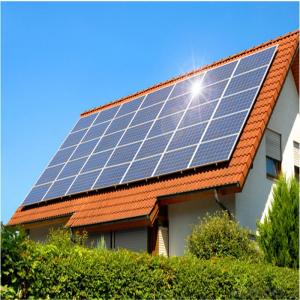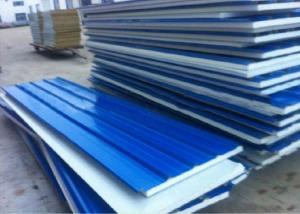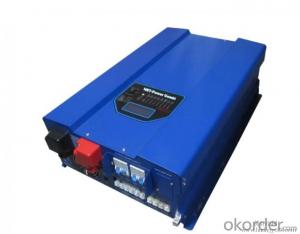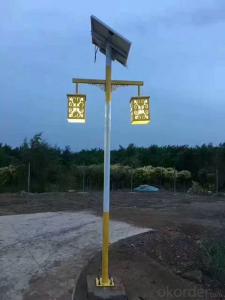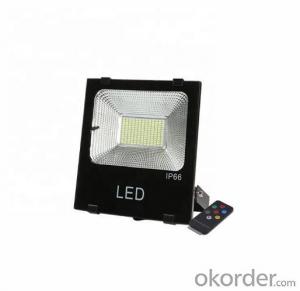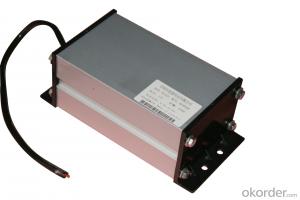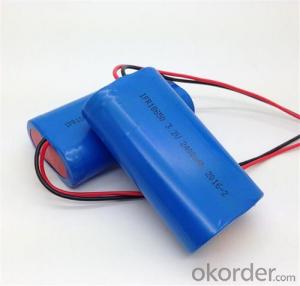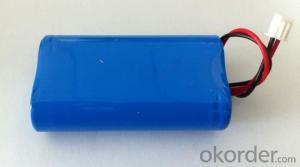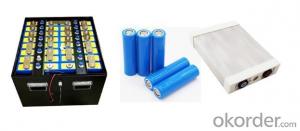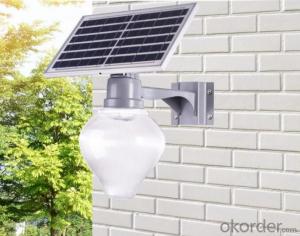Micro Inverter Solar Panel
Micro Inverter Solar Panel Related Searches
Solar Panel Micro Inverter Micro Inverter For Solar Panel Inverter Solar Panel Micro Inverter Solar Micro Solar Inverter Solar Inverter Panel Solar Panels Micro Inverter Solar Panel Mini Inverter Micro Inverter Solar System Power Inverter Solar Panel Mini Inverter Solar Panels Solar Micro Inverter Micro Inverter Solar Kit Small Solar Panel Inverter Inverter Solar Panels Panel Solar Inverter Solar Panel Inverter Solar Inverter Solar Panel Solar Panel With Inverter Hybrid Inverter Solar Panel Mini Inverter Solar Solar Cell Micro Inverter Solar Smart Micro Inverter Solar Panel Solar Inverter Solar Panels Inverter Solar Mini Inverter Inverter Generator Solar Panel Ac Inverter Solar Panel Inverter With Solar Panel Inverter On Solar PanelMicro Inverter Solar Panel Supplier & Manufacturer from China
Micro Inverter Solar Panels are innovative products that have gained popularity in the renewable energy market. These panels incorporate microinverters directly into the solar panel, which allows for greater efficiency and flexibility in solar energy systems. By optimizing the power output of each individual panel, micro inverter solar panels can deliver higher energy yields, even in partially shaded conditions or when panels are not perfectly aligned.The application and usage scenarios for micro inverter solar panels are vast, making them suitable for residential, commercial, and industrial settings. They are particularly beneficial in situations where space is limited or where panels need to be installed on uneven surfaces, as the microinverters enable each panel to operate independently. This feature also simplifies maintenance and troubleshooting, as issues with one panel do not affect the performance of the entire system.
Okorder.com is a leading wholesale supplier of micro inverter solar panels, boasting a large inventory and a commitment to providing high-quality products. By offering a wide range of options, Okorder.com caters to the diverse needs of customers, ensuring that they can find the perfect micro inverter solar panels for their specific applications.
Hot Products





